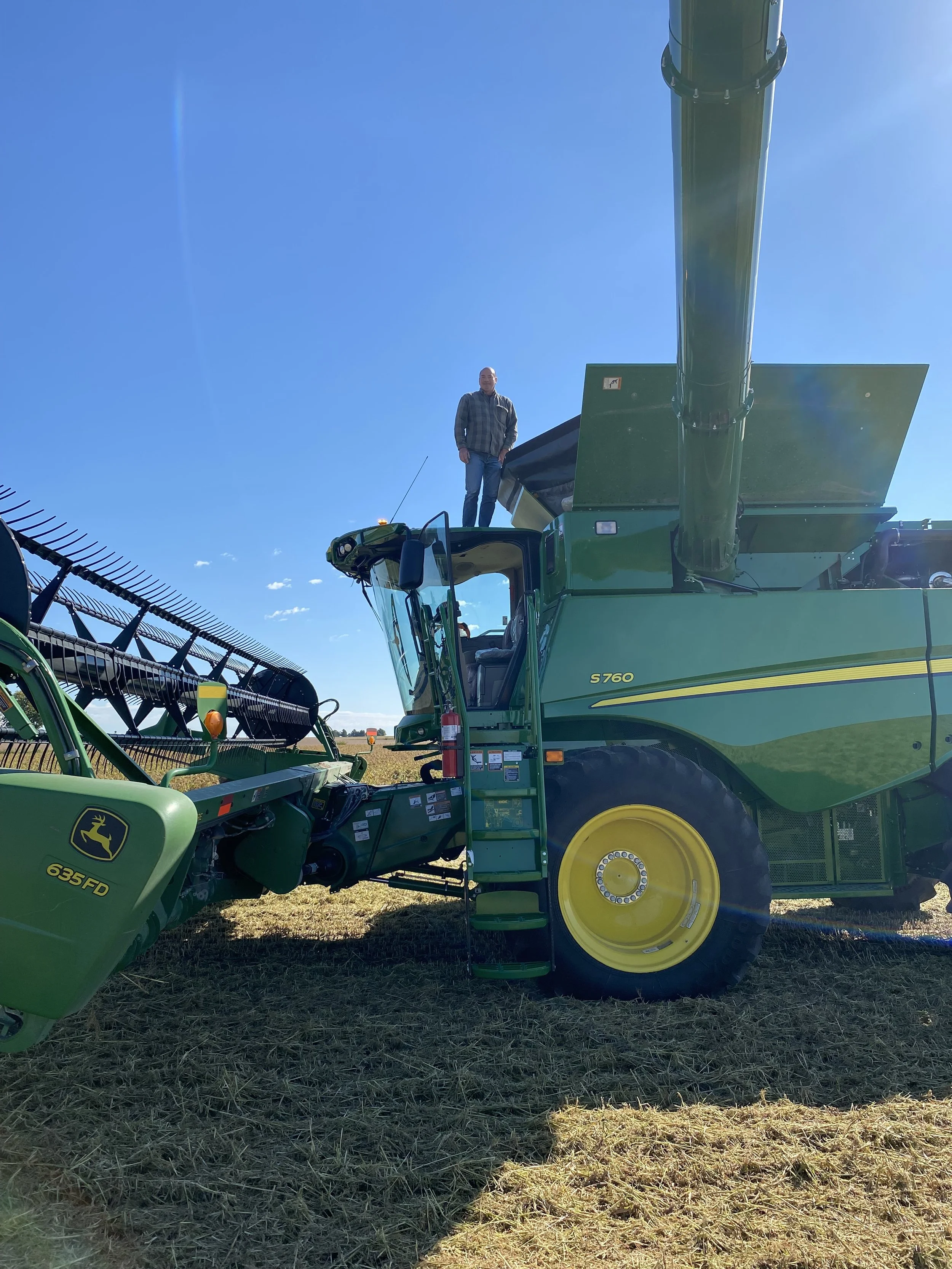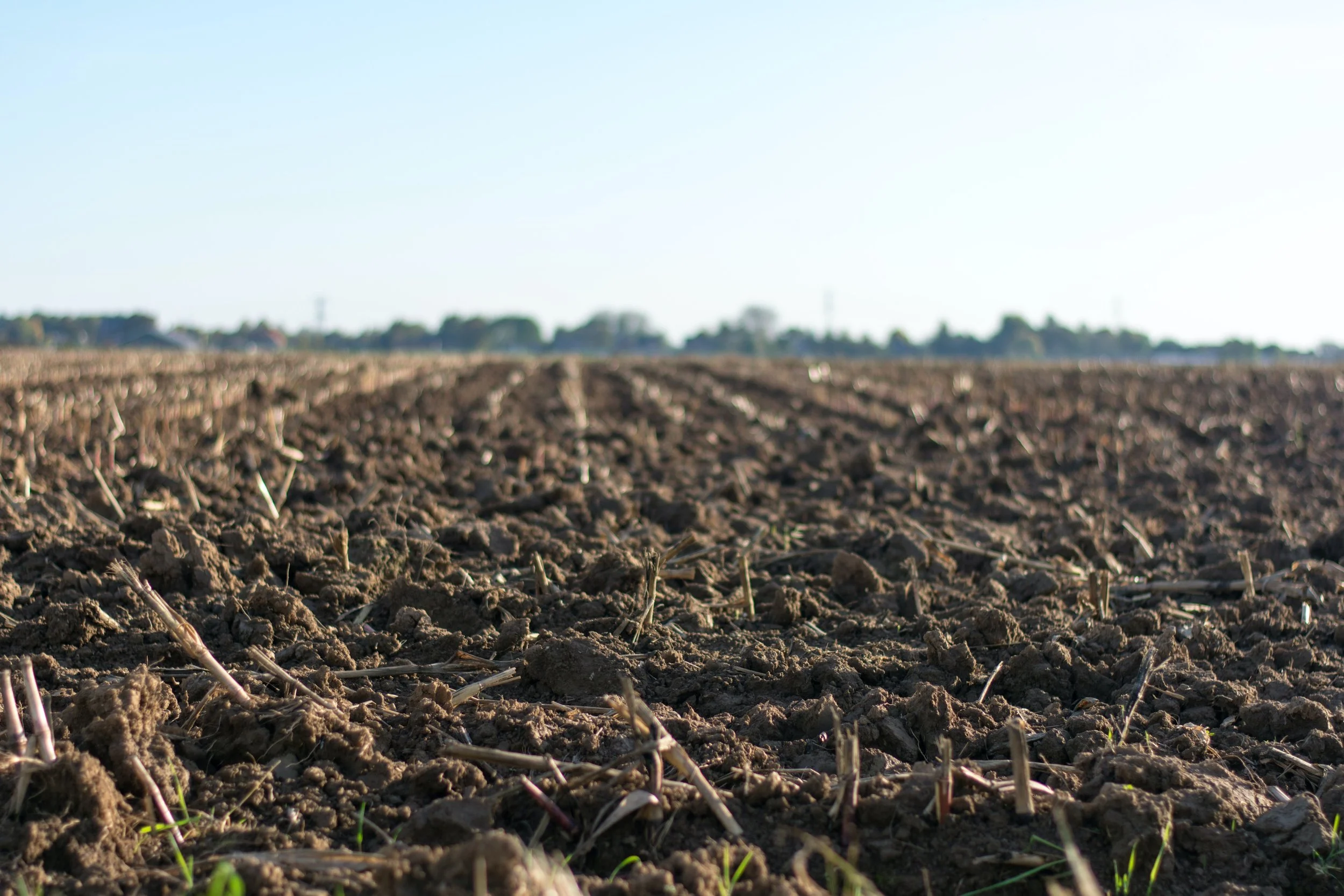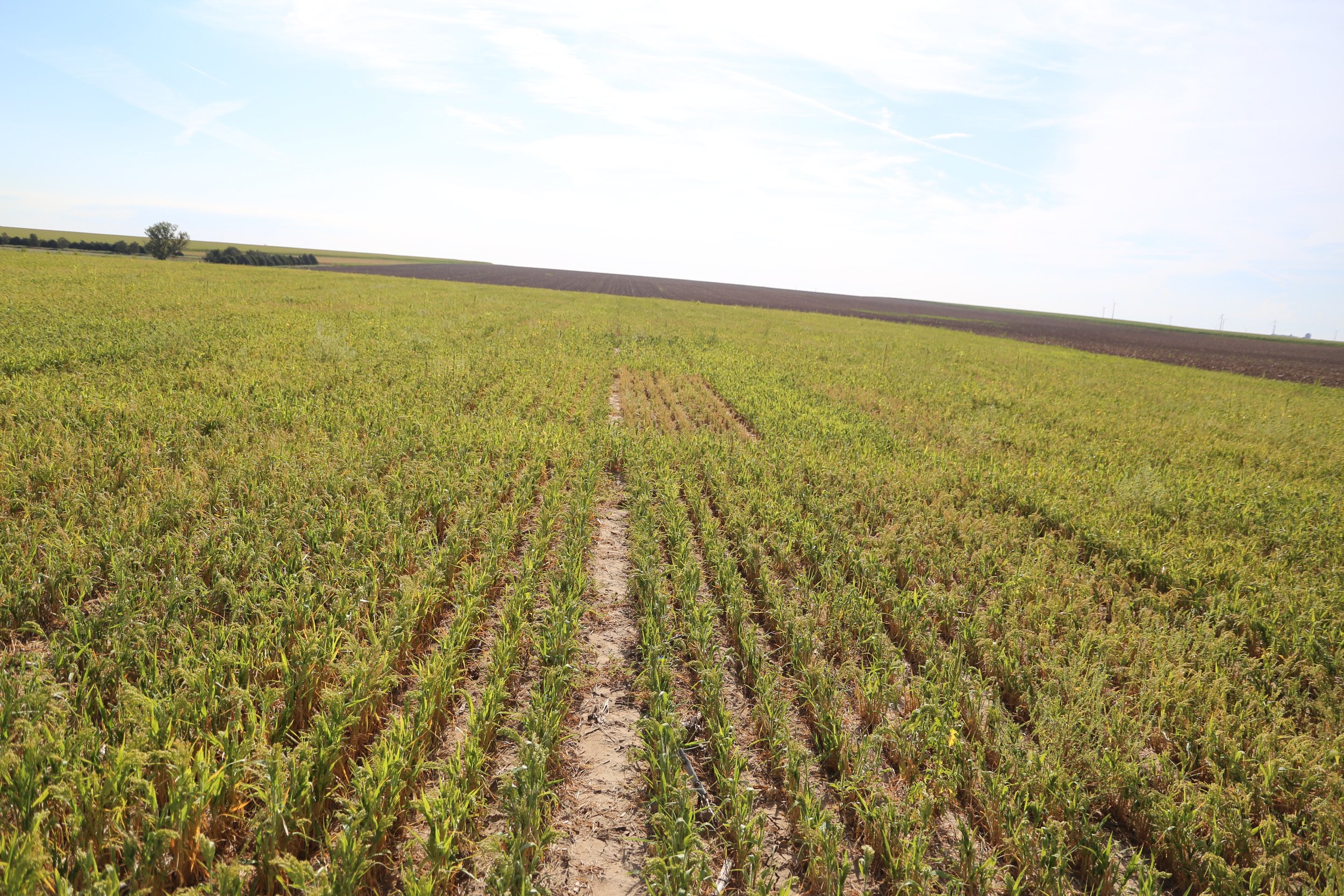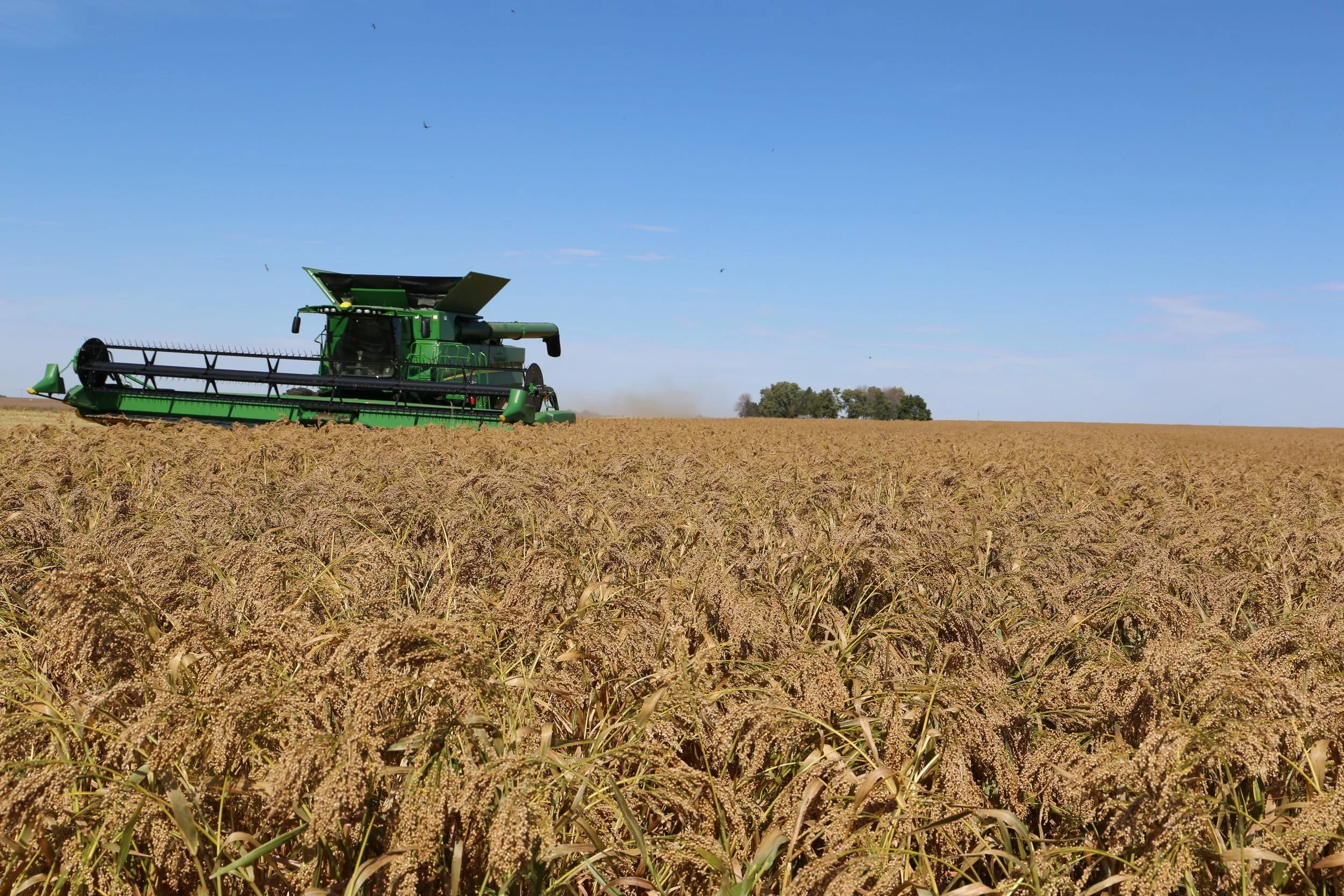Incorporating Proso Millet Into Your Operation
How one Iowan farmer added proso millet to his operation.
From growing corn and soybeans, to now incorporating proso millet into his operation’s rotation, Jeff Taylor, Iowa farmer and Dryland Genetics Board of Director, speaks about his experience growing millet on his farm.
Proso millet, like many other crops, requires a few pieces of machinery for production, but did you know that most farmers already have the equipment needed to successfully produce this crop?
Let’s dive in.
Preparing for Proso Millet.
Depending on which crop you are planting proso millet into, such as a previous corn or soybean field, there is a little pre-ground work to consider before planting. Since proso millet is planted around late June, the warm and wet spring months provide the perfect opportunity for pesky broadleaf and grasses to develop in these fields.
In this case, Jeff was planting his millet crop into a previous soybean field and decided to apply a burndown application. A burndown application is where glyphosate and 2,4-D is applied to “burn” off any broadleaf and grasses that may compete with the upcoming crop.
Once the field is clear of weeds, about 10 days after the burndown application, Jeff recommends using your field cultivator as you would before planting any other crop to lightly work the ground prior to planting proso millet. Now it's time for planting!
Planting.
No matter what kind of row crop planter you have, with a few adjustments and the addition of small seed plates you will be able to plant proso millet without any problems! For Jeff, he found it best to add canola planting discs to his planter to efficiently plant the small seeds of proso millet.
When planting proso millet, Jeff planted with 30-inch spacing and completed a second pass at planting to achieve the narrow row spacing (15 inches) that is recommended for proso millet.
Wondering what in-season management practices took place? Jeff applied a second pass of a broadleaf herbicide to have a weed-free field at harvest.
Harvest.
Despite its late season planting date, proso millet is ready to harvest in a short 90 days. This gives farmers the opportunity to better utilize their equipment by planting their corn and soybeans in late spring, then swap out the seed plates and make a few simple adjustments, and the planter is ready to plant proso millet in early June. The same goes for harvest. Get out your combine and harvest your millet acres in late August/September before harvesting other crops that mature later in the season like corn and soybeans.
So, how do you harvest proso millet? Producers say it was even easier than harvesting your soybeans. (Seriously!)
Since proso millet seeds are at the top of the plant, rather than soybeans for example which have pods that are closer to the ground, Jeff was able to harvest proso millet with his John Deere combine and bean head 6-8 inches from the ground.
We recommend taking a look inside your equipment manuals as many manufacturers have a guide tailored to harvesting millet with specific settings.
When it comes to yield performance, this being Jeff’s first year planting proso millet on a large scale, he was surprised to see yields in excess of
80 bushels per acre.
“Because I didn’t need to apply any nitrogen, or additional potassium and phosphorus to this crop, I’d say it is comparable profit-wise to corn and soybeans,” says Jeff.
If that got your attention, check out our available varieties for this growing season.
If you want to learn more about how you can grow Dryland Genetics proso millet or be part of the millet movement, contact us.





